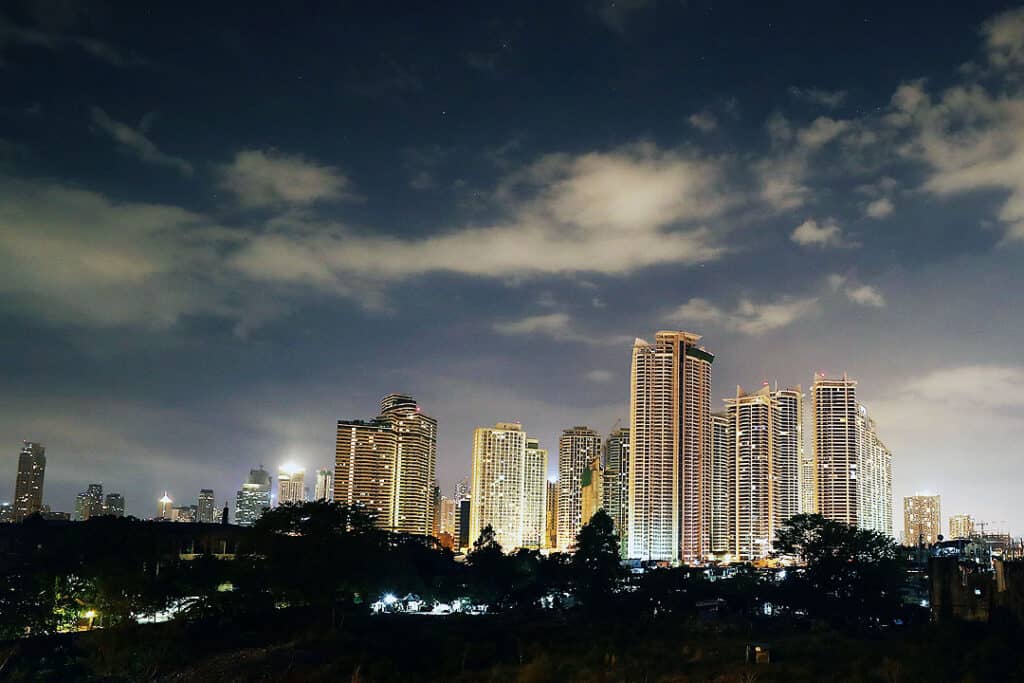
THE Philippine property sector is highly cyclical and is susceptible to periods of expansion, overbuilding and a subsequent crash and price correction. The period from 2017 to 2019 highlighted the sector’s strengths, with substantial office space take up complemented by an aggressive demand for condominium units across Metro Manila.
The property sector is one of the key segments of the Philippine economy. It has tremendous multiplier effects which bode well for the country.
Sub-segments such as office, residential, hotel, retail, and industrial are the sector’s major planks. Attracting more foreign investments into these sub-sectors is crucial to raising the Philippines’ stature as a major property investment in the Asia-Pacific region and ensuring that the country remains on the radar of foreign property investors.
Prior to the pandemic, the Philippines was gradually being positioned as a key property investment destination in the region. As a result, we saw more foreign property firms partnering with local developers in building several office, residential, retail, even township projects.
In fact, at Colliers Philippines, we were busy presenting Philippine property market updates to foreign firms that were planning to either develop residential communities with local players or enter growing property segments such as leisure, industrial, and retail.
In our view, the international partnerships will only make the property landscape in the Philippines more competitive. Overall, more local and foreign brands result in greater competition which should ultimately benefit Filipino investors and end users.
But due to the pandemic, major investment decisions were paused. Due diligence screenings were either extended or cancelled and the country’s potential to become a major investment hub in Asia was curbed by the coronavirus disease 2019 (COVID-19).
It is interesting to note that the country is finally recovering after major economic disruptions in 2020 and 2021. Colliers Philippines believes that there are several factors that will help the Philippines become an attractive investment destination in Asia-Pacific over the near to medium term.
IMPROVING INFRASTRUCTURE NETWORK
Massive infrastructure spending committed by the current administration should benefit the property sector in general.
The annual infrastructure allocation of 5% to 7% of the country’s annual GDP, as recommended by the World Bank, should support the Philippine economy’s expansion post-COVID and buoy the property market.
Colliers Philippines sees this ramped up spending on public projects supporting the continued development of satellite communities outside of Metro Manila.
These integrated communities offer a better value proposition than standalone projects since they offer mixed-use developments. We believe that this feature makes integrated townships a more attractive option for investors.
More business process outsourcing (BPO) tenants will also gravitate toward integrated communities as they offer a better living and working environment.
With an improving economy and support from the government, Colliers sees the Philippines enticing more foreign players to develop more master planned communities in the country.
We project more joint venture deals between major foreign developers and Philippine property firms moving forward.
ECONOMY TILTED TO THE UPSIDE
The Philippine economy posted its fastest pace of growth in more than 40 years in 2022. This is a positive signal for the property market which, over the past decades, mirrored the boom-bust cycle of the country’s economic output.
This economic expansion should support the positive net take-up of office space in 2023 and the continued rebound in Metro Manila’s pre-selling and secondary residential markets.
An aggressive stance taken by the National Government in attracting manufacturing investments should result in greater absorption of industrial space across the country.
Personal consumption-led economic growth should also spur retail and hotel demand. To cash in on the sustained growth, developers should line up more projects in key growth areas outside of Metro Manila, including Pampanga, Bulacan, Tarlac, Cavite, Laguna, Cebu, Bacolod, Iloilo, Davao, and Cagayan de Oro.
WHAT TO EXPECT
Macroeconomic prospects look bright for Philippine developers. Colliers Philippines believes that property firms, investors, and end-users should be quick in reaping the low hanging fruits from the property segment’s rebound.
There’s no doubt that the Philippines remains on the radar of foreign property firms. The government, meanwhile, should ensure that the Philippines remains attractive by implementing reforms such as improving business registration process, curbing corruption, continued infrastructure implementation, and upskilling the workforce.
Implementing these reforms is crucial in ensuring that the Philippines remains on the investment radar of foreign businessmen. We should send a clear message that the Philippines, including its property sector, is open for business.
Overall, Colliers Philippines believes that foreign firms’ entry into the domestic market should result in a more dynamic and diversified property sector which should eventually benefit Filipino end users and investors.
Opportunities abound and only the agile stakeholders will be able to capture the property sector’s gains. The Philippine property has finally turned a corner, and no one wants to be left behind.
If you like this article, share it on social media by clicking any of the icons below.
Or in case you haven’t subscribed yet to our newsletter, please click SUBSCRIBE so you won’t miss the daily real estate news updates delivered right to your Inbox.
The article was originally published in Business World and written by Joey Roi Bondoc







More Stories
Vista Land Celebrates 50 Years with Sandiwa: An Event Honoring Leadership, Legacy, and the Filipino Dream of Homeownership
Vista Land Celebrates Love Month in Ilocos Region
Vista Land Bridges Cebuano Heritage and Progress with Valencia by Vista Estates